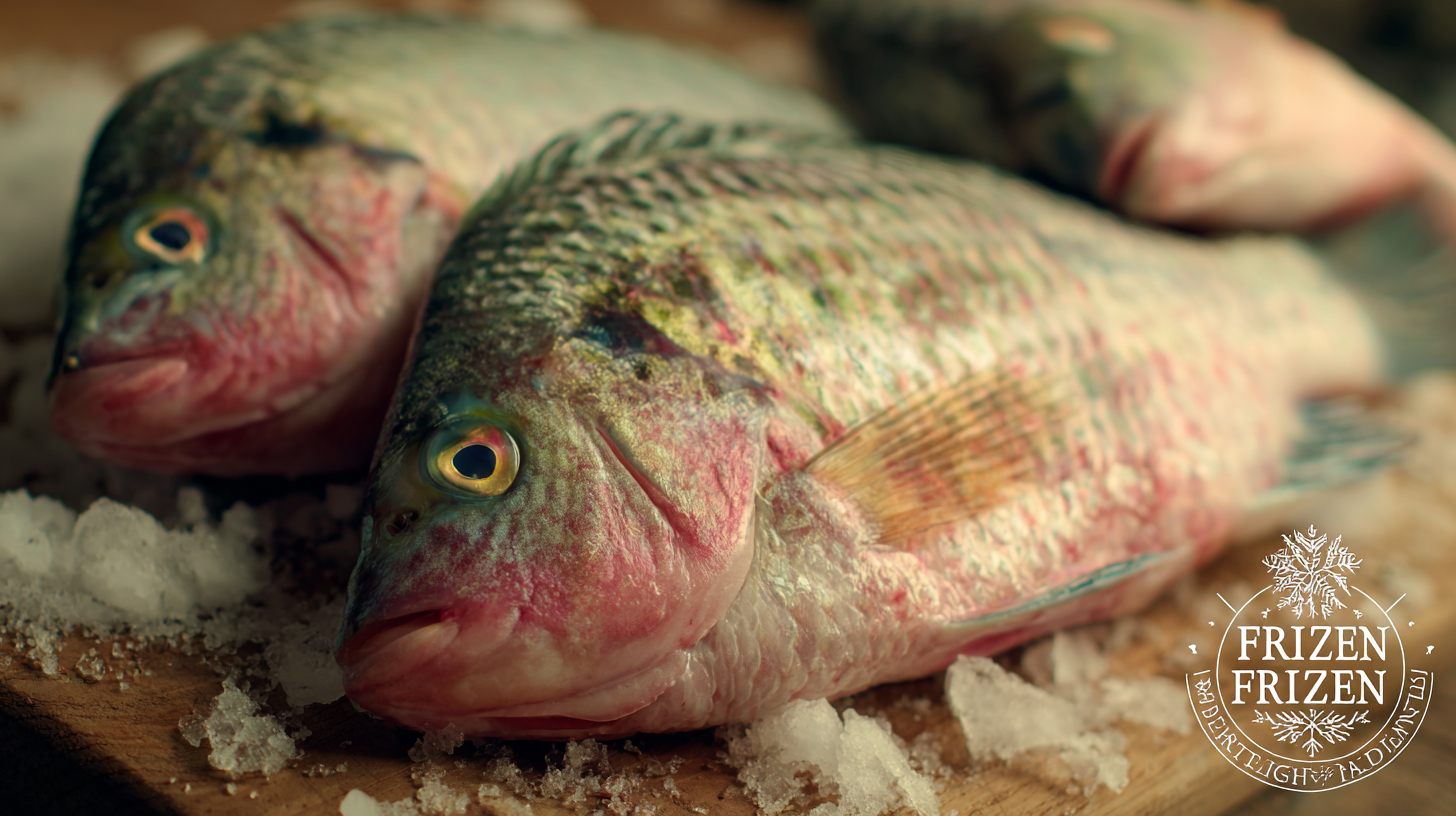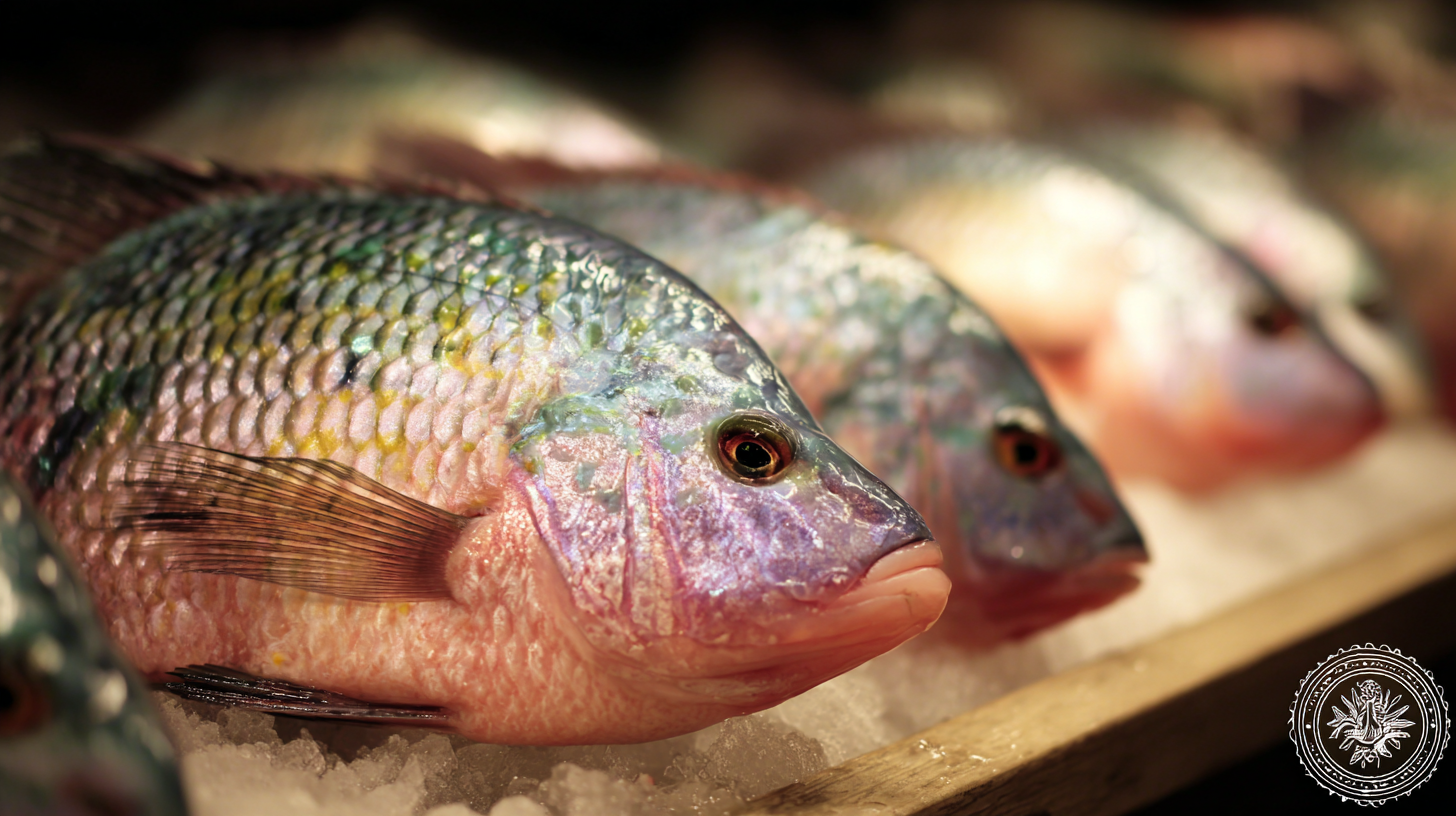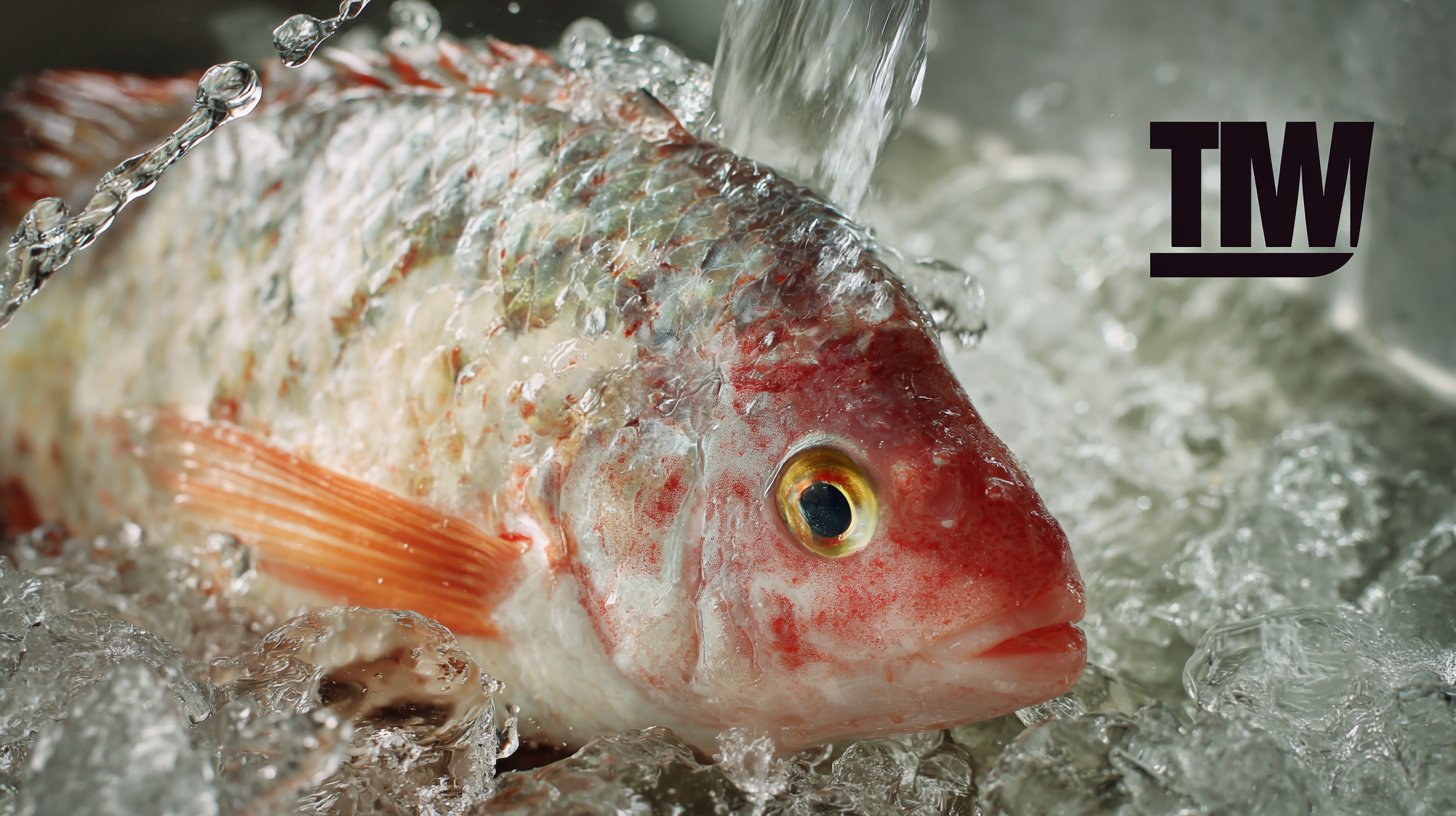As the global seafood market continues to evolve, Frozen Fish Tilapia has emerged as a prominent player in the industry. According to the latest industry analysis, the global frozen fish market is projected to reach USD 22 billion by 2025, with a significant portion attributed to the increasing demand for sustainable and affordable seafood options. Tilapia, known for its mild flavor and versatility in recipes, plays a crucial role in this growth, making it a staple in both home kitchens and professional settings.

Nutritional reports highlight that frozen tilapia not only offers a rich source of protein but also provides essential omega-3 fatty acids, which are vital for maintaining a balanced diet. By mastering the techniques for preparing Frozen Fish Tilapia, consumers can enhance their culinary skills while enjoying the numerous health benefits associated with this popular fish.
When selecting frozen tilapia, it's essential to look for quality indicators that ensure you're getting the best product. First, check for a label that specifies the fish is wild-caught or sustainably farmed. This not only influences the flavor and texture but also ensures you're making an environmentally responsible choice. Additionally, make sure the package is airtight to prevent freezer burn, which can ruin the taste and texture of the fish.
Tip: Always inspect the color of the tilapia fillets. Fresh, frozen tilapia should have a bright white or light pink hue without any signs of browning. If the fillets also have an unpleasant odor or a mushy texture, it’s best to avoid those options.
Another crucial factor to consider is the packaging date. Opt for tilapia that has the latest packaging date to guarantee freshness. Frozen fish can maintain its quality for several months, but fresher options tend to have better taste and texture once cooked.
Tip: Take a moment to read the nutritional information on the package. Choosing tilapia with a lower sodium content can contribute to a healthier meal. With these tips in mind, you'll be better prepared to select the finest frozen tilapia for your culinary endeavors.
Cooking frozen tilapia can be a breeze with the right techniques. To ensure that the fish remains moist and flavorful, it's essential to start with proper thawing methods. Instead of letting the fillets sit out at room temperature, which can lead to uneven thawing and potential bacterial growth, opt for a quick thaw in cold water. Place the sealed fish in a bowl of cold water for about 30 minutes. This method preserves the texture and taste, setting the stage for perfect cooking.
Once your tilapia is thawed, seasoning is key. A simple blend of salt, pepper, and lemon juice can elevate the mild flavor of tilapia. For an extra layer of complexity, consider adding herbs such as dill or paprika while pan-searing or baking. When it comes to cooking, opting for methods like baking or grilling will provide a healthy, crisp finish. Always ensure the internal temperature reaches 145°F to guarantee it is fully cooked. Following these essential techniques will help you master the art of cooking frozen tilapia to perfection every time.
 Tilapia is often hailed as a nutritious option for those seeking a balanced diet. As a lean source of protein, it provides essential amino acids necessary for muscle growth and repair. One serving of tilapia contains a significant amount of protein with relatively low levels of fat, making it an ideal choice for health-conscious individuals. Additionally, tilapia is rich in vitamins such as B12 and niacin, which play key roles in energy metabolism and maintaining healthy skin and nerves.
Tilapia is often hailed as a nutritious option for those seeking a balanced diet. As a lean source of protein, it provides essential amino acids necessary for muscle growth and repair. One serving of tilapia contains a significant amount of protein with relatively low levels of fat, making it an ideal choice for health-conscious individuals. Additionally, tilapia is rich in vitamins such as B12 and niacin, which play key roles in energy metabolism and maintaining healthy skin and nerves.
Beyond its macronutrient profile, tilapia is an excellent source of omega-3 fatty acids, known for their heart-health benefits. While not as high in omega-3s as fatty fish like salmon, tilapia still contributes to a balanced intake of these essential fats when included in a varied diet. The mild flavor and versatility of frozen tilapia make it easy to incorporate into numerous dishes, allowing for creative meal preparation that supports both health and taste. By choosing tilapia, you can enjoy delicious meals while reaping the nutritional benefits it has to offer.
When it comes to frozen fish like tilapia, elevating its flavor can transform a simple meal into a gourmet experience. Innovative flavor pairings can revitalize this versatile fish, enhancing its subtle taste without overpowering it. For instance, pairing tilapia with a citrusy salsa—a blend of mango, lime, and diced jalapeños—adds a refreshing twist that complements its mild flavor. The acidity of the lime brightens the dish while the mango brings a touch of sweetness, creating a harmonious balance.
Seasonings also play a crucial role in making frozen tilapia shine. A spice rub consisting of smoked paprika, garlic powder, and a hint of cayenne pepper can add depth and warmth. Additionally, experimenting with herbs like dill or cilantro can introduce a fresh element that pairs beautifully with tilapia’s flaky texture. For an added punch, consider a drizzle of garlic-infused olive oil or a sprinkle of feta cheese post-cooking. These innovative combinations highlight tilapia's natural qualities, making it an exciting and nutritious option for any mealtime.
 When it comes to preparing frozen tilapia, mastering the right cooking methods is essential. Grilling is a fantastic option that adds a smoky flavor and can be done quickly. Simply preheat the grill, lightly oil the grates, and cook the tilapia fillets for about 3-4 minutes on each side until they are flaky and cooked through. To enhance the taste, marinate the fish beforehand with herbs, lemon juice, or your favorite spices.
When it comes to preparing frozen tilapia, mastering the right cooking methods is essential. Grilling is a fantastic option that adds a smoky flavor and can be done quickly. Simply preheat the grill, lightly oil the grates, and cook the tilapia fillets for about 3-4 minutes on each side until they are flaky and cooked through. To enhance the taste, marinate the fish beforehand with herbs, lemon juice, or your favorite spices.
Baking is another excellent method for a healthier alternative. Preheat your oven to 375°F (190°C), season the tilapia with salt, pepper, and olive oil, and place it on a baking sheet lined with parchment paper. Bake for approximately 20-25 minutes, depending on the thickness of the fillets. This technique ensures even cooking while retaining moisture, making the fish tender and delicious.
For a quick and tasty option, consider pan-sealing your frozen tilapia. Heat a non-stick skillet over medium-high heat, add a splash of oil, and place the fillets directly from the freezer into the pan. Cook each side for about 4-6 minutes until they are golden brown. This method locks in flavor and keeps the fish juicy without requiring defrosting.
